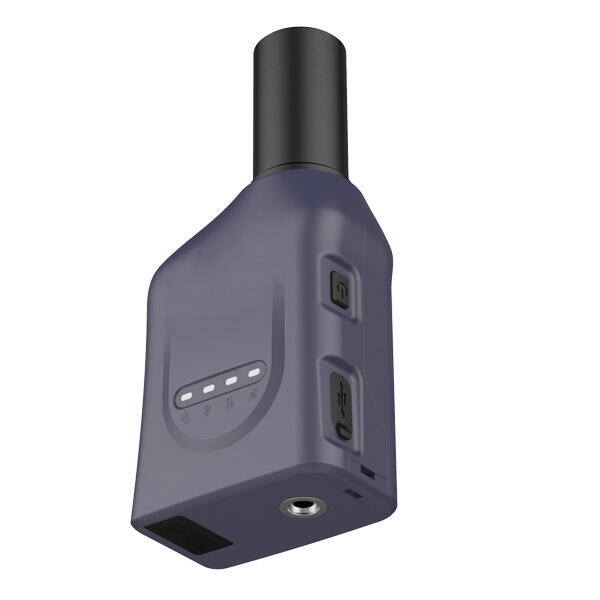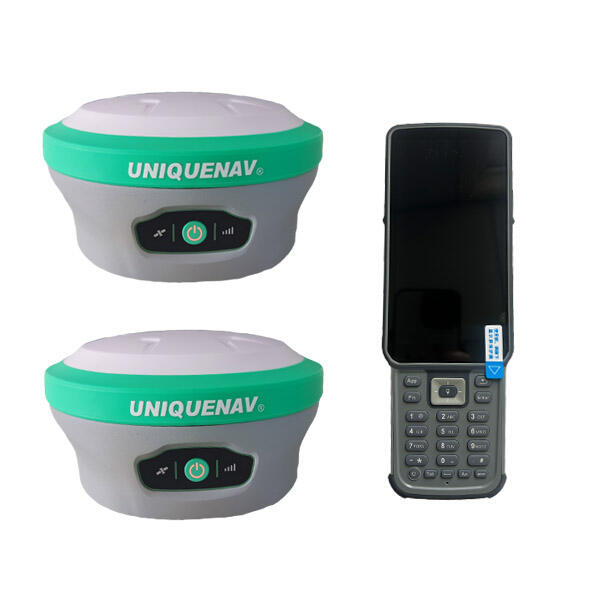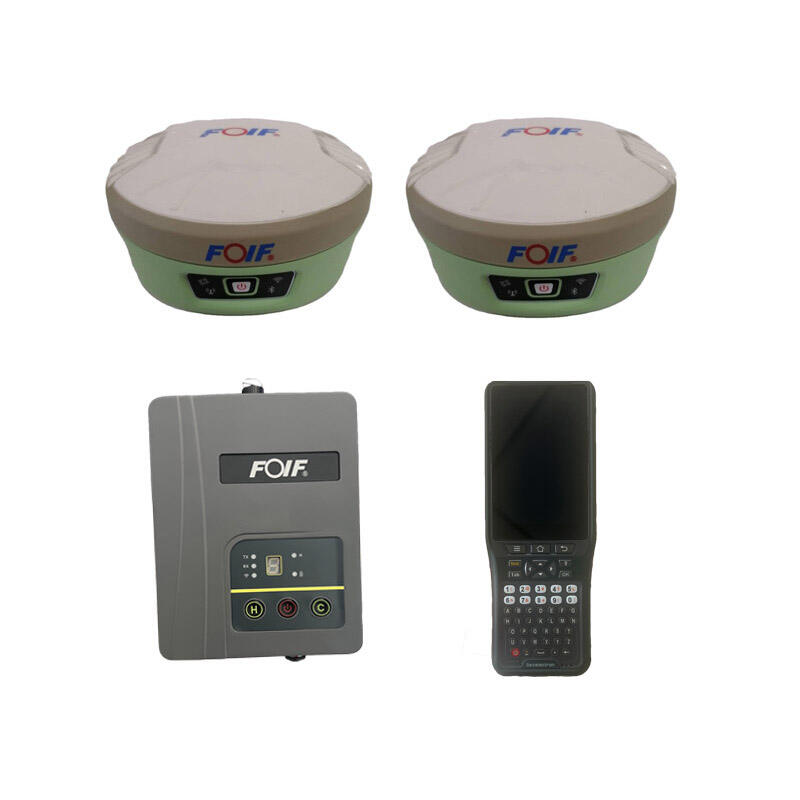rtk base and rover
RTK base and rover systems represent a significant advancement in precision positioning technology, combining high-accuracy GPS receivers with real-time correction capabilities. The system consists of two main components: a stationary base station positioned at a known location and a mobile rover unit. The base station continuously tracks GPS signals and calculates corrections based on its known position, while the rover receives both GPS signals and correction data from the base station. This setup enables real-time positioning with centimeter-level accuracy, far surpassing traditional GPS systems. The technology utilizes sophisticated algorithms to process carrier phase measurements and eliminate common GPS errors, including atmospheric delays, satellite orbit errors, and clock biases. Modern RTK systems often incorporate multiple satellite constellations (GPS, GLONASS, Galileo, BeiDou) to enhance reliability and accuracy. The communication between base and rover typically occurs through radio links or cellular networks, allowing for seamless data transmission. These systems find extensive applications in precision agriculture, construction surveying, GIS mapping, and autonomous vehicle navigation, where high-precision positioning is crucial for operational success.


